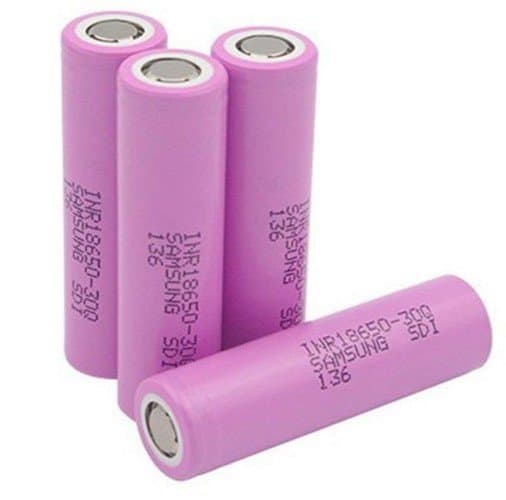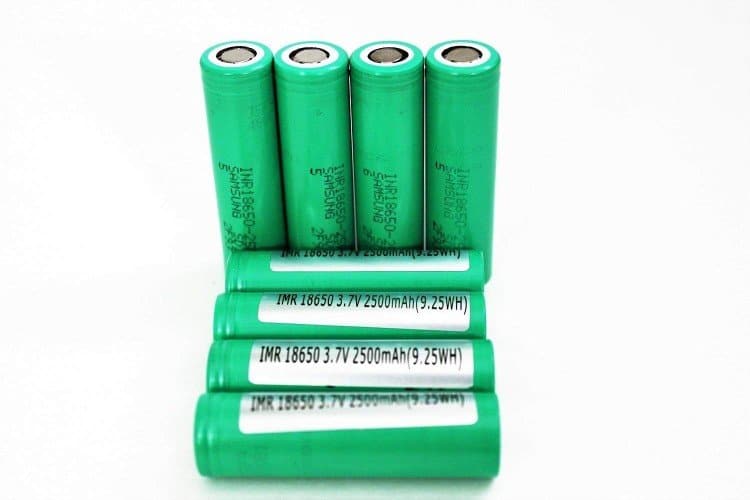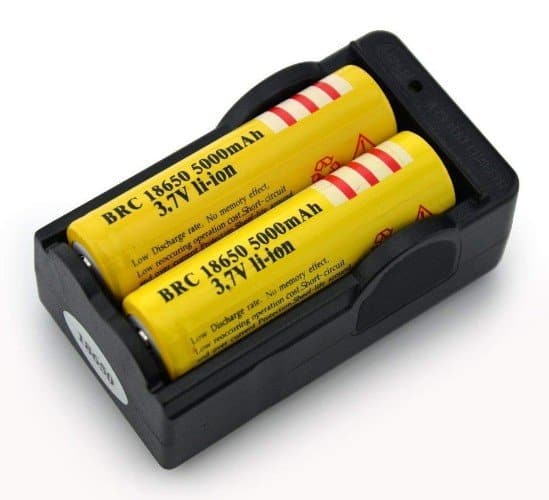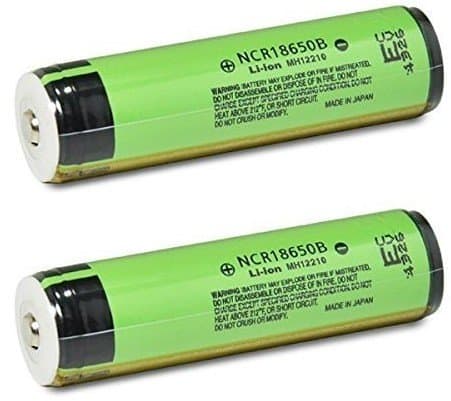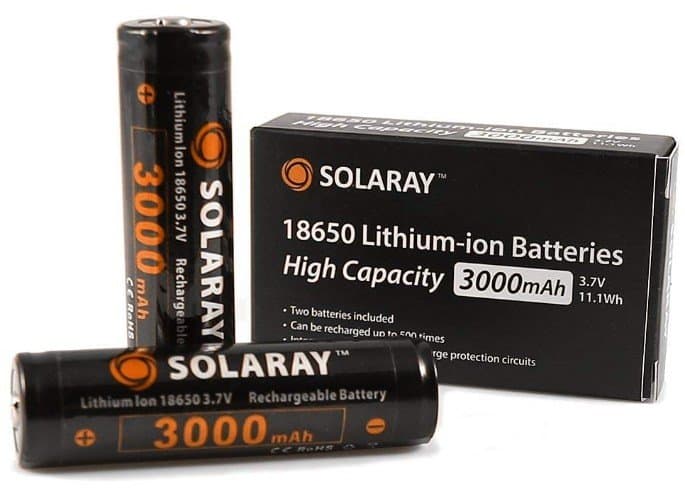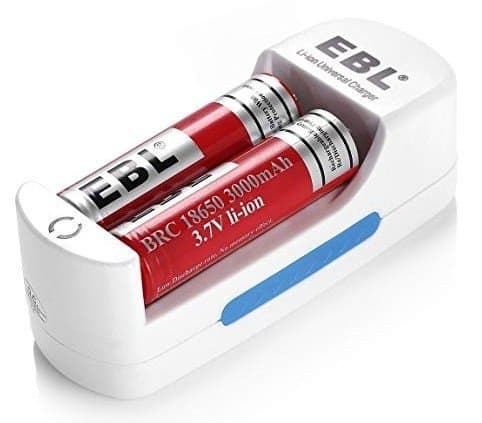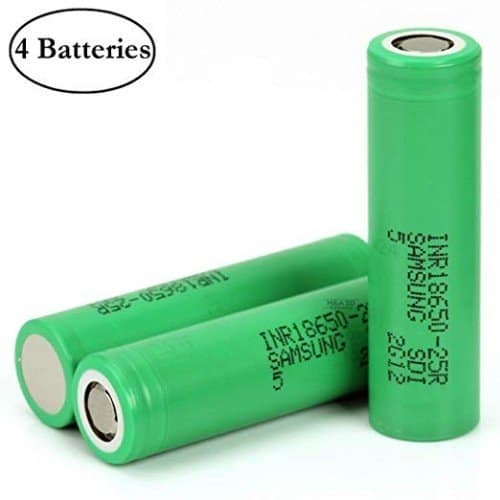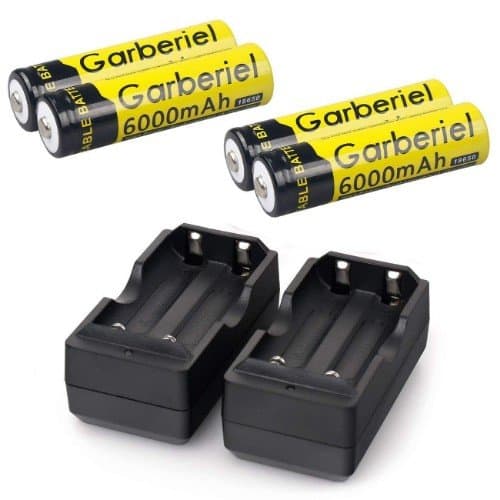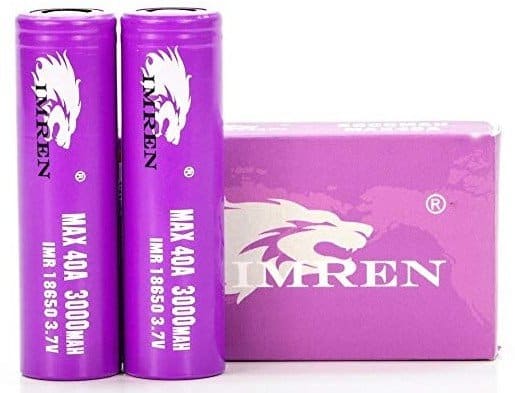Everything we use today seems to utilize lithium ion batteries. You’ll find them in your smartphone or cell phone, LED flashlights, electronics, and more. They’re an invaluable power source! With newer technologies occurring every day, cells that were once used by manufacturers only are now available for consumer purchase. These more modern lithium cells aren’t standardized like the typical rechargeable AA battery. That’s why you need to know what the best 18650 battery is and how to avoid the ones that are fake.
In this article, we’ll discuss what a 18650 battery is, what the specifications are and how they’re different from a AA, plus the best models to buy. We’ll also briefly touch on how you can protect yourself from fake 18650 batteries, because there are plenty on the market today. By the end, you’ll be able to determine which 18650 battery will work best in your gear.
What Is a 18650 Battery?
The 18650 battery measures 18mm x 65mm. You quickly notice that its name refers to its size. The 18650 is also being hailed as a new standard for rechargeable and replaceable batteries. While they have the standard performance of a typical lithium-ion battery, their capacity is 1800mAh – 3500mAh and they feature an output of 3.7 volts. That’s what makes them ideal for laptops, cameras, and other electronics.
They feature the best performance when compared with any other rechargeable battery available to consumers. They aren’t subject to damage when charged before it’s fully discharged like nickel-cadmium cells are. With that said, 18650 batteries do degrade at a similar rate to a smartphone battery.
Specifications of a 18650 Battery
Even though they look a lot like a AA battery, they aren’t the same thing. Let’s take a look at what makes the 18650 battery different from others.
Shape
The 18650 battery pack features flat, thin sheets of metal to make up the cells. They’re stacked and rolled tightly; think of a jelly-roll. Between those layers, the lithium ions move one direction during charging and another while discharging. This roll gets packed into a cylinder shape made of hard steel. It features an open top and then is capped with its positive pole before being sealed.
Size
As stated previously, the 18650 battery measures 18mm x 65mm. It’s basically the same shape as an AA battery, but slightly larger. If you were going to classify the AA battery type by the same standard, it would be a 14500 because of the 14mm x 50mm size.
Shipping

The shipment of 18650 batteries is more difficult than conventional batteries. That’s because they’re classified as a dangerous good due to the explosive nature when on an airplane. Customs regulations tend to be strict and the rules constantly change. IMR Batteries states on their website that shipping lithium-ion batteries is considered HAZMAT and also considered to be hazardous goods per the US Dot Shipping Regulations. If you’re looking to buy some, find a deal with free shipping to save you any kind of headache!
Find the Top 18650 Battery Options
The 18650 battery isn’t like your typical standardized cell. Between various brands, there’s varying levels of quality, amperage capacity, and continuous discharge ratings. That’s why you need the right information if you want to purchase the best battery. Here are some factors to consider when shopping for 18650 batteries.
CDR
The continuous discharge rate is one of the most important things to examine. This is measured by amps (A). You must match the battery’s CDR by the power draw of your device. If you choose the wrong 18650 battery, the cells become too hot. This heat then damages the battery and reduces its lifespan. In addition, it can cause the battery to leak, explode, and destroy your devices.
What’s good is that there is a relation between the mAh (battery capacity) and CDR. If the capacity is high, the CDR is lower. That allows the device to draw less power so it can take advantage of the higher-capacity cells. Hungry devices must have the lower-capacity cells to draw current safely.
Battery Life
You want a battery that lasts. In fact, it’s one of the most important things that people look for when buying a battery. You don’t want to turn on your flashlight when you need it just to find out that the batteries are dead. Look for batteries that feature a long-lasting charge and extended shelf life as well.
Voltage
Voltage controls energy flow in your device. With a high voltage, the current moves faster which provides additional power. With a high voltage, however, you might face overheating. It’s also possible that the battery power drains quicker than you anticipate. Check the manual of whatever product you’re using to see what the recommended voltage is.
Most of the 18650 cells receive ratings of 3.6 or 3.7 volts. They’re pretty much the same. The complete range is 2.5 – 4.2 volts. You typically don’t want to go lower than 3 volts.
Rechargeable

Everyone should own rechargeable batteries; there’s just no reason not to. These specialized batteries are going to wear out, so save yourself some money by grabbing a 18650 battery charger with your purchase.
Compatibility
There are varying types of 18650 batteries. Some have a prong while others have flat sides. That’s why you need to verify what your device needs before making the purchase. Otherwise, you might not be able to use the batteries you bought.
Safety
When you purchase a battery that doesn’t feature the right voltage for your needs, you have serious safety concerns on your hand. In addition to that, you want to make sure the casings aren’t weak. If the outer casing is compromised, it wouldn’t be safe to operate. Only purchase batteries that are fully enclosed.
With this in mind, it’s crucial to note that lithium-ion batteries become safer all the time. They are sturdier and fewer people have trouble with them.
What’s the Difference Between Protected and Unprotected 18650 Batteries?
Once you begin your shopping, you’ll notice protected and unprotected 18650 batteries. Protected cells contain an electronic circuit which is integrated into the battery design. It’s located at the end of the battery.
This circuit keeps the battery safe from excessive charging plus discharging, extreme temperatures, and short-circuiting. With this safety features, you are better protected from leaking or explosion because of the valve located inside. When the pressure rises too high, the valve disables it for protection.
Obviously, an unprotected battery doesn’t contain this circuitry. They cost less but come with the threat of trouble. If you choose to purchase unprotected cells instead, you need to take some extra care with your batteries.
It’s always best to invest the extra money and buy protected 18650 batteries, just to be safe.
Flat Top vs. Button Top

The 18650 li-ion battery comes with two variations as far as the size goes. There’s a flat top design and button top. These terms relate to the contacts on the battery, most importantly, the positive connection. With a button top design, there’s a small protrusion. A flat top doesn’t have this and remains flush.
It might not seem like it should matter, but that small size difference is crucial. It makes the difference whether a battery fits or not. If you aren’t sure which one to purchase, take a look at the batteries installed in the device or check your owner’s manual. If your product is spring-loaded, it shouldn’t make a difference which one you purchase.
Top 10 Best 18650 Batteries
We’ve found the top ten 18650 batteries for your consideration. We’ve thoroughly reviewed each one to share with you the pros and cons of the different choices.

